Inside Mr Jones Watches, the British watchmaker unlike any other
T3 meets Mr Jones at the whimsical watchmaker's London workshop
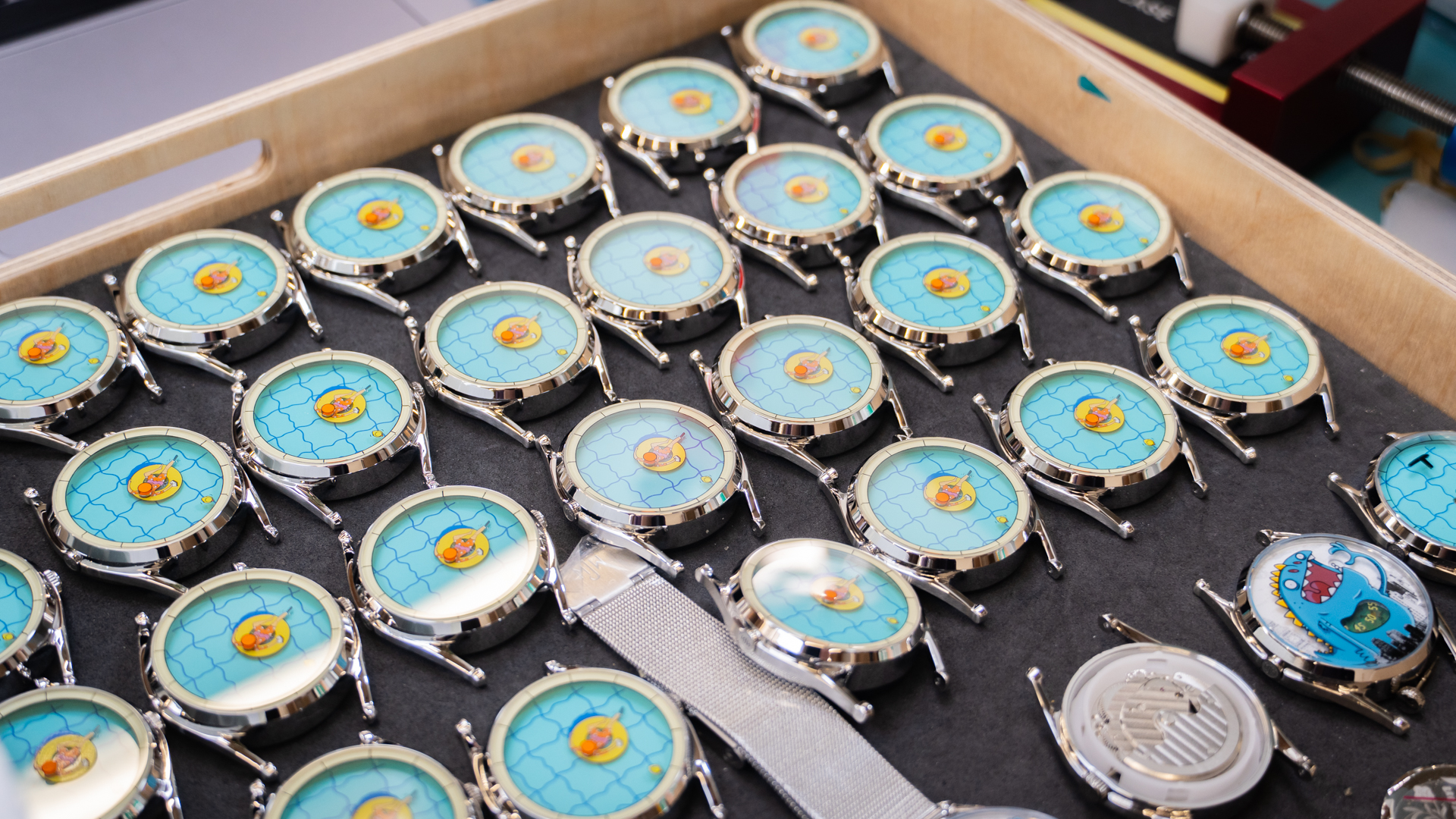
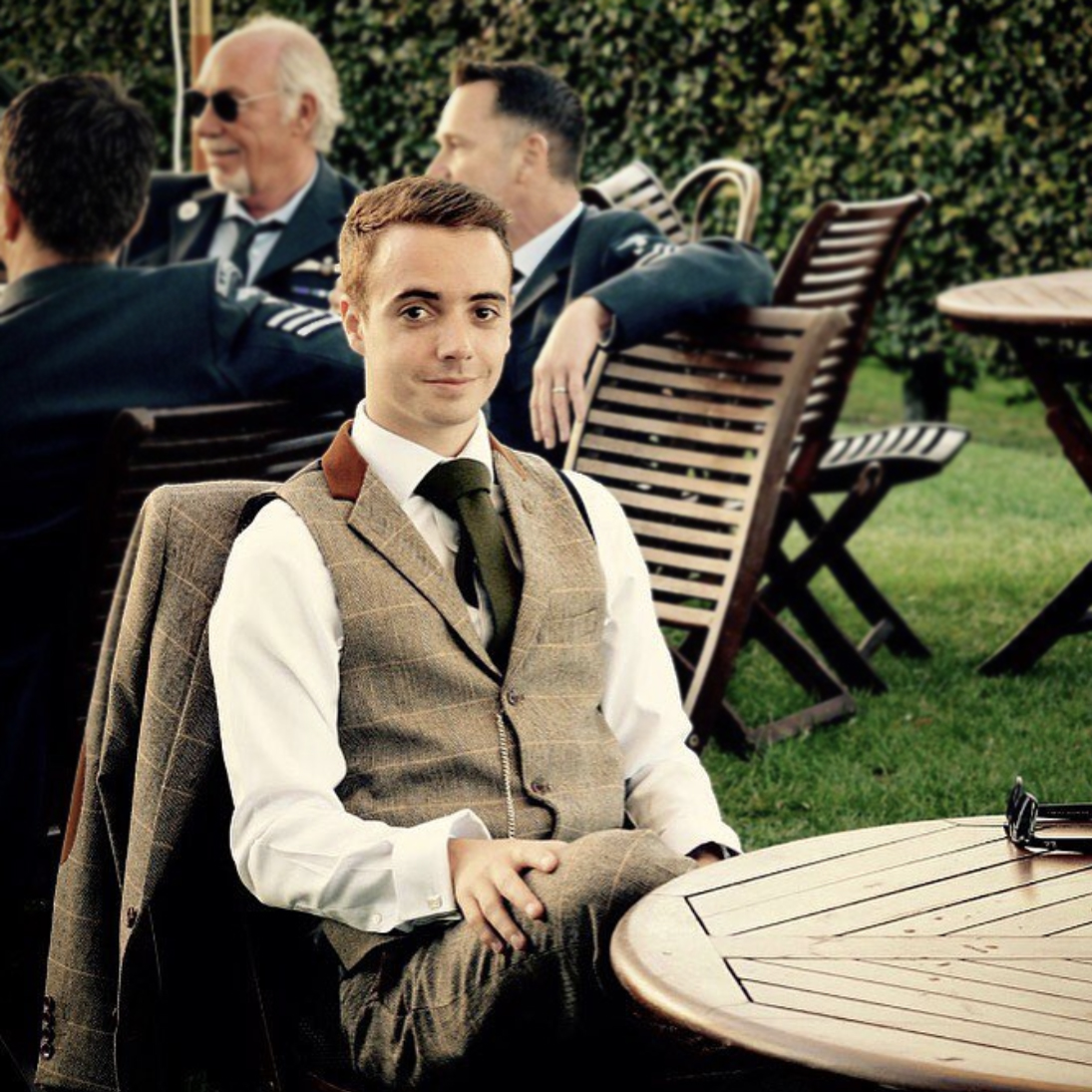
Crispin Jones is unlike any other watchmaker. He and his team at London-based Mr Jones Watches produce timepieces where quickly telling accurate time isn’t really the point. More so than any other watchmaker, their focus is on fun.
The company’s best-selling watch, called A Perfectly Useless Afternoon, depicts a person lounging in a swimming pool, the time lazily told by the position of a rubber duck (minutes) and the bather's outstretched foot (hours). An early smash hit is called The Accurate and simply states “Remember, you will die” across its hour and minute hands.
Other models tell the time via cartoon aliens shining searchlights at cows, robots playing a pinball machine, a monster stomping through London, a colourful ferris wheel, and a cat chasing a mouse. Two more state across their dial “F**k it! Time is just a social construct.”
This message in particular, and “Remember you will die,” sum up Mr Jones Watches better than any other. These are not serious watches. They are fun, they are whimsical and you perhaps shouldn’t trust any of them to get to your meeting on time.
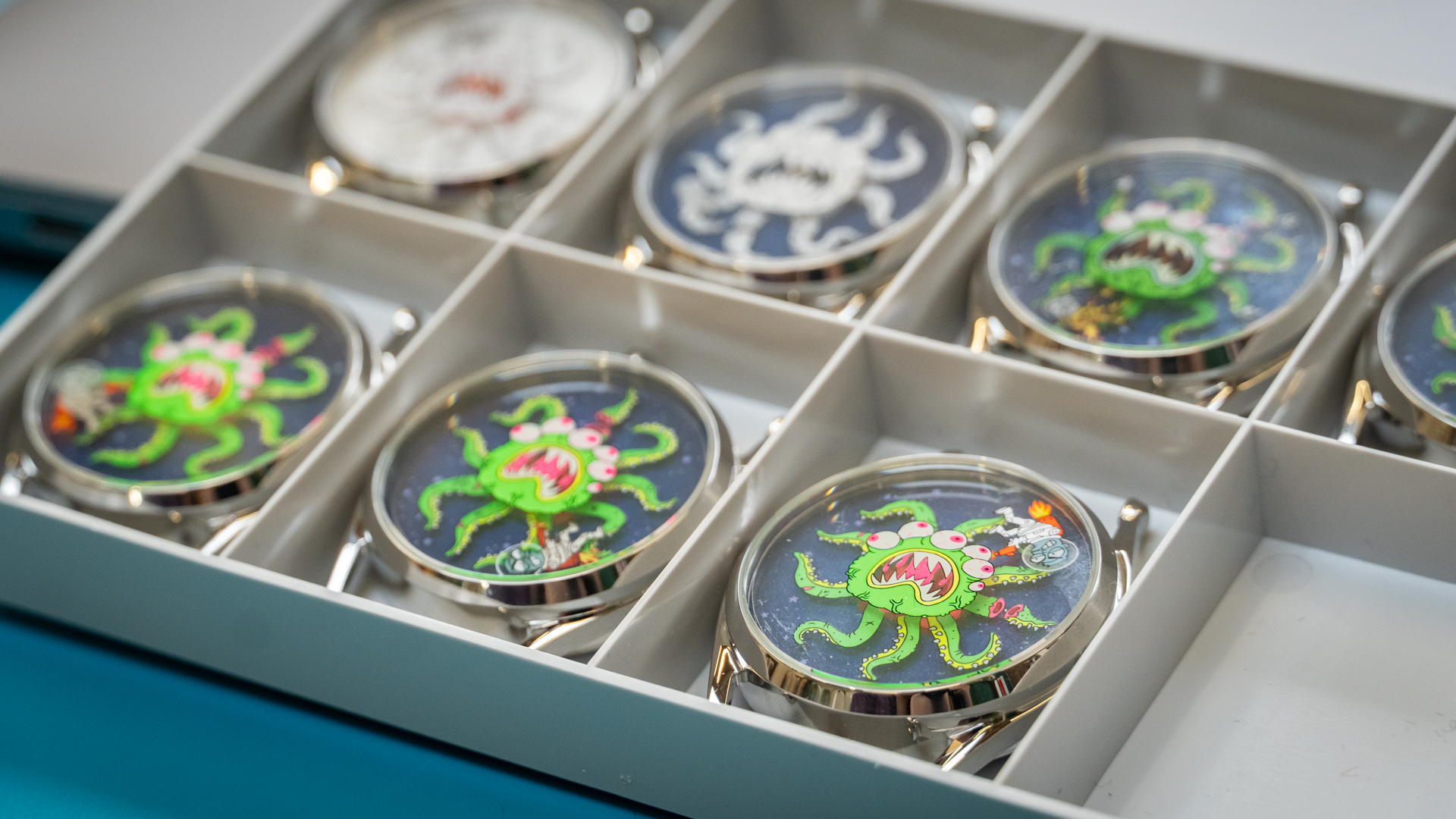
Watches go through many stages of prototyping before a production run begins
Many share a similar approach to the physicality of watchmaking. Several models show the passing of time via the spinning of discs layered on top of each other. In the case of A Perfectly Useless Afternoon, the swimming pool acts as a fixed dial, while transparent discs each with the bather and duck applied to them spin around. There’s depth and shadow – and the pool really does look like water under the right light – but how the watch actually works, with those spinning discs, is hiding in plain sight.
It’s an approach not dissimilar to the Mr Jones workshop itself, an unassuming shop front with a “Visitors by appointment only” message across the door that politely suggests you keep walking. The workshop is actually on my local high street, in Forest Hill, south east London, and at first I thought this was the home to something incredibly high-end. A luxury boutique, perhaps, forging piece uniques from the exotic bits of the periodic table.
But, while the truth is similarly niche, these watches are refreshingly affordable. Think Swatch, not Speedmaster. Visit the Mr Jones shop near Covent Garden, pictured below, and the vibe is one of Wonka rather than Rolex-founder Wilsdorf.
Sign up to the T3 newsletter for smarter living straight to your inbox
Get all the latest news, reviews, deals and buying guides on gorgeous tech, home and active products from the T3 experts
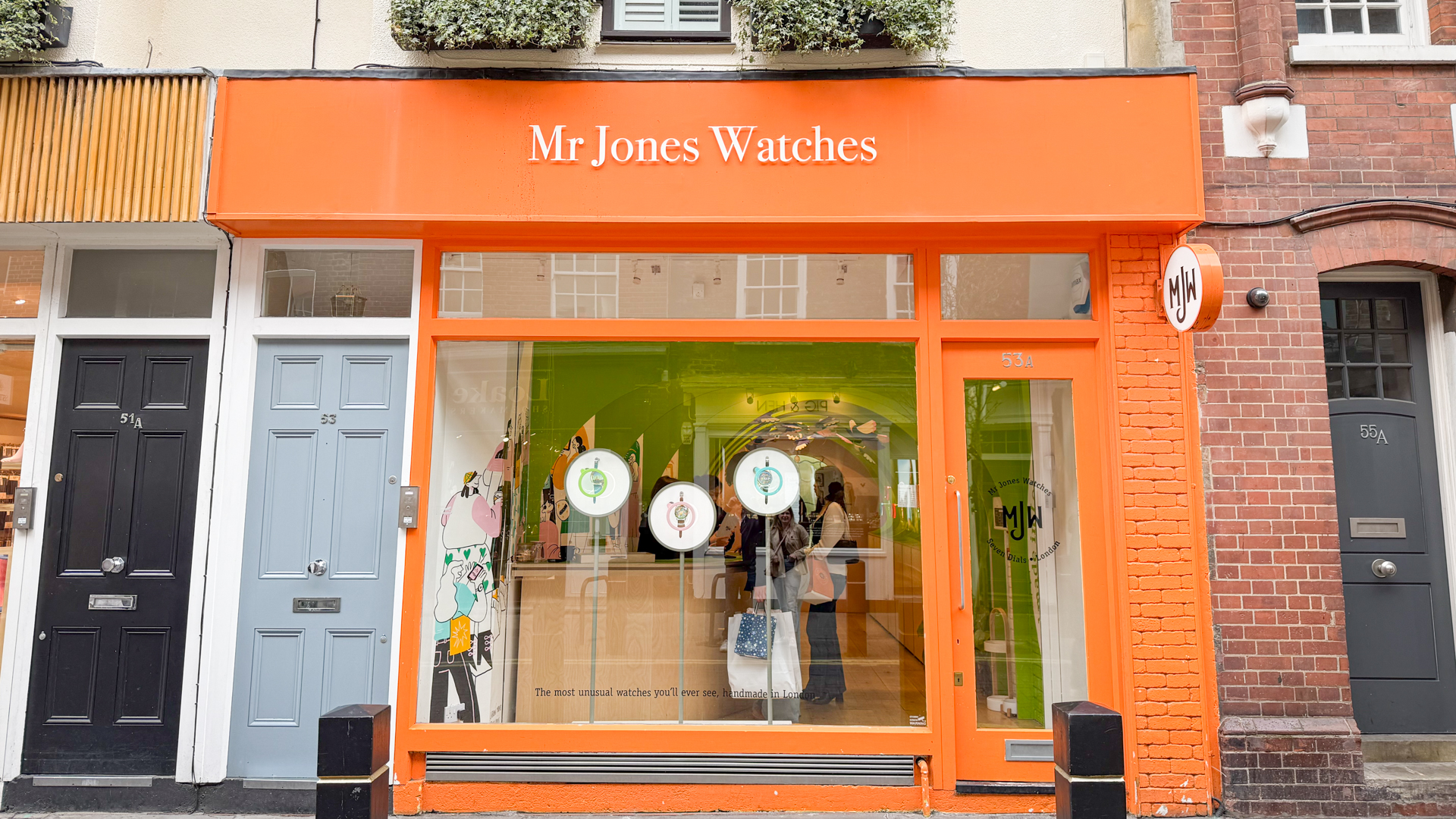
Mr Jones Watches has a shop on Neil Street, close to London's Covent Garden.
Crispin created his watch company in 2007, relying on a background of fine art and, in true founder fashion, ploughing his life savings into a venture he believed in. His hunch that watch fans would clamour for alternatively designed dials was proven accurate, and an initial run of 100 quickly sold out.
Mr Jones Watches has sold online since the beginning, but later opened its first retail space at the Oxo Tower on the banks of the River Thames in central London. Footfall wasn’t always great, Crispin says, but the boxing up and distribution of online orders happened in the same shop, so even on quieter days staff were still busy fulfilling online purchases. The shop closed during the Covid-19 lockdowns of 2020 and never reopened, as instead the company moved to Neil Street, close to Covent Garden.
That shop is still operating today, while the watches are made by hand at two workshops in south east London. Online orders are processed from another premises a few doors down from the Forest Hill location, but Crispin hopes to soon combine these into one location in nearby Peckham.
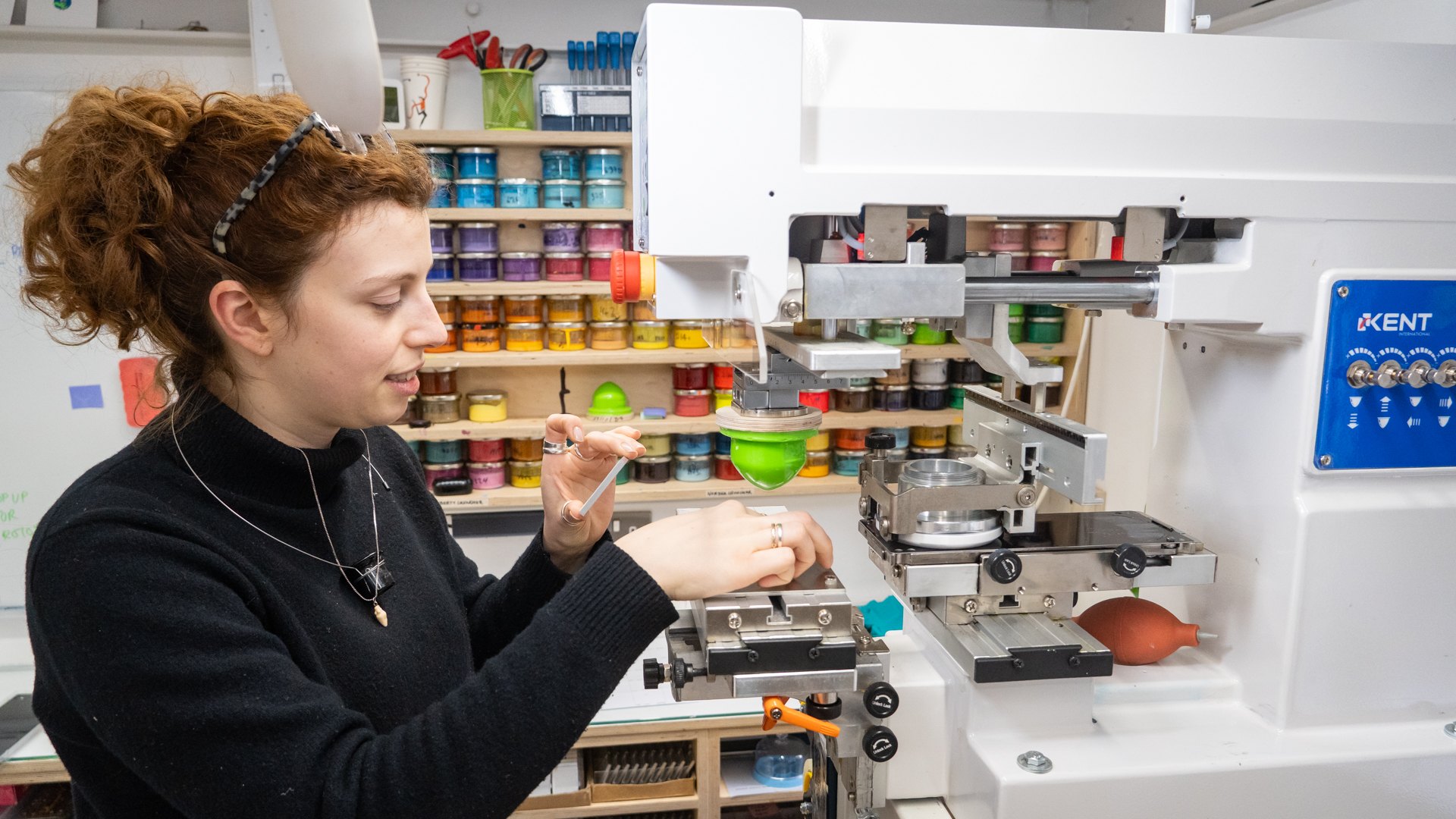
The watches are made by hand in a couple of south London workshops
Assembled by a small team, many of the company’s watches use pad printing, a technique where each element of the design – the letters of Berry Late Again; the Ferris Wheel cabins of Enjoy The Ride; the many leaves of Night Howl – is applied individually. This employs a motorised printing machine that transfers each element from a plate, using a flexible silicone pad, onto the crystal and discs that make up the unique dials. It’s a process more commonly seen for printing patterns onto three-dimensional objects, like pottery, but it is equally effective here.
The colours are all concocted in-house, each neatly displayed on the wooden shelves of the small pad printing room. Much thought goes into every hue, with Crispin showing me how watch designs evolve over many iterations of prototype before the final colours are locked in.
Interestingly, the Mr Jones Watches shop on Neil Street sells some of these experimental one-offs, and when purchasing my own Perfectly Useless Afternoon in 2024 I was offered a handful of alternatives with slightly different colours. Who'd have thought a unique, hand-made watch could be so accessible?
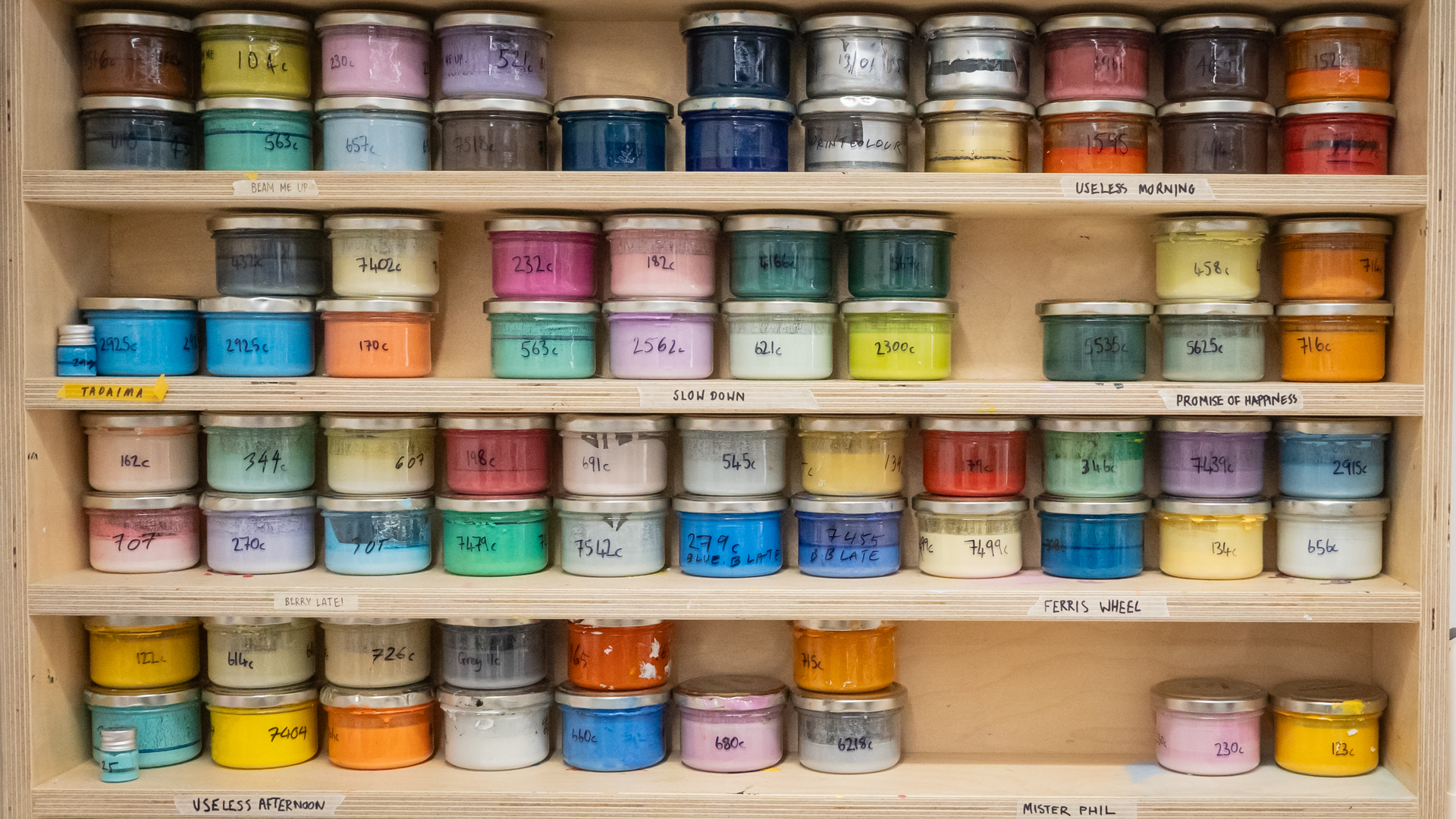
Paints are mixed in-house to create new colours
After the painted discs have dried, they are fitted to the case at a couple of workstations upstairs. During my visit, the Mr Jones team was busy assembling the various discs of A Perfectly Useless Afternoon, a watch that accounts for around a fifth of all sales.
Each of the elements – the swimming pool, rubber duck and person bathing on their rubber ring – are carefully layered up and held together with a rivet pressed through the centre. This is then hidden beneath the orange hat of the bather, which is applied to the underside of the glass. The workshop’s chilled background music is frequently punctuated by the blowing of pneumatic air guns, to make sure the visual illusion isn’t ruined by a wayward spec of dust.
Despite the quiet-luxury look of the London workshop and low-volume, handmade, highly-stylised designs, Mr Jones watches are not expensive. The best-selling Perfectly Useless Afternoon is £195 in battery-powered quartz form, or £595 with a larger case and mechanical movement.
Crispin says: “I feel like our core price point would always be the £200 level. It’s a real sweet spot for us, in that we can put a lot of design print effort into it, and make it at an affordable price."
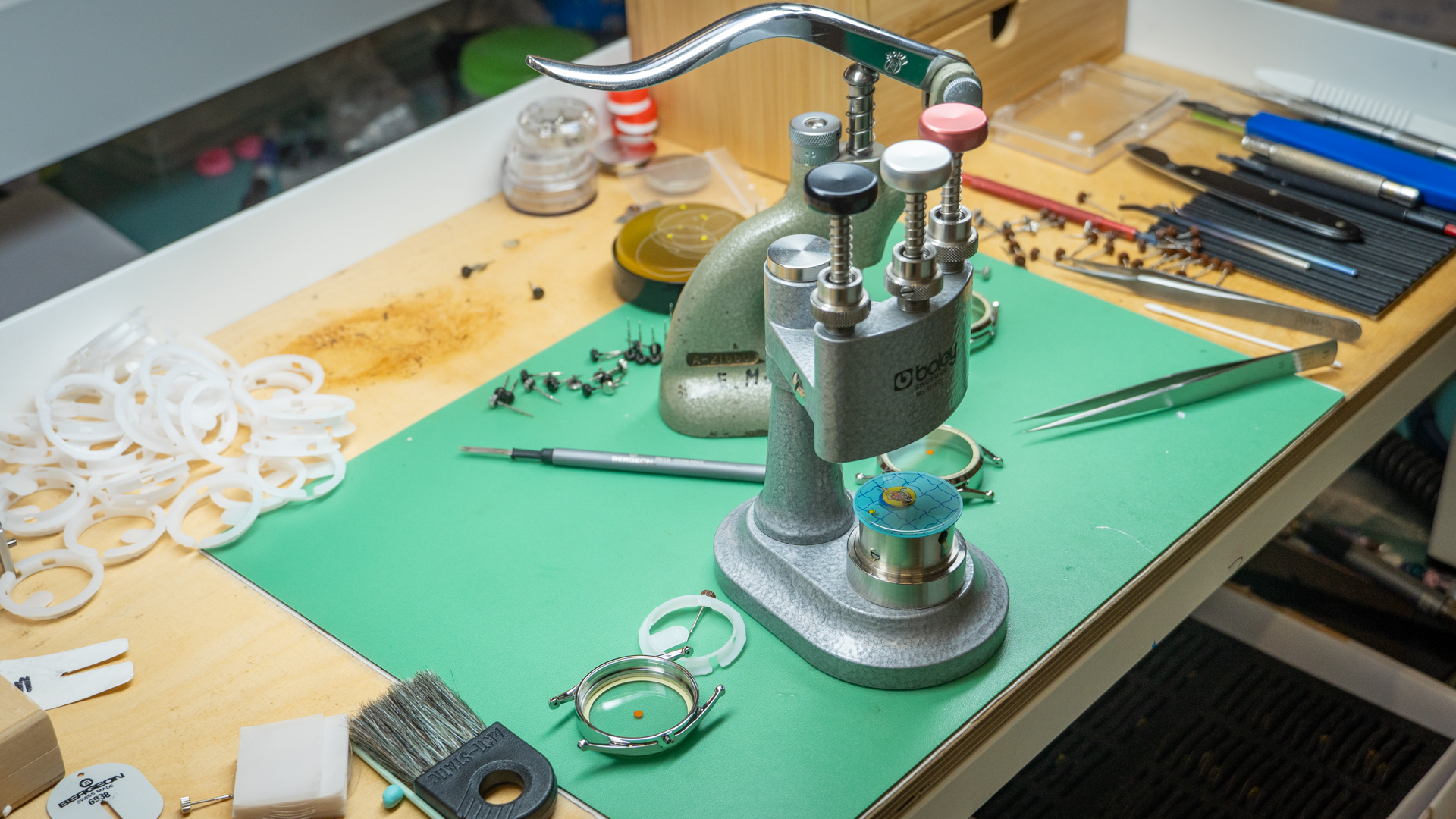
A Perfectly Useless Afternoon in production at the Mr Jones workshop
He continues: “It’s something that was really important to us from the start. I always wanted to make watches that my peers would wear, I didn’t want to make something that cost £2,500 when I first started…Our core will remain around the £200 mark, but we will do other ones at [the £2,500] level, in part as a way of keeping us motivated. [We can tell ourselves] okay all bets are off, now what does that look like? That’s really exciting, absolutely.”
While Mr Jones Watches prides itself on delighting buyers in the sub-£200 market – where it rivals the likes of Swatch – the company’s current flagship, The Indefatigable Sphinx, costs £2,500. Pictured below, it obviously has a busy dial, but only once you’ve seen how each element is applied through pad printing do you realise why it costs so much more than the comparative simplicity of a bather and duck in a swimming pool.
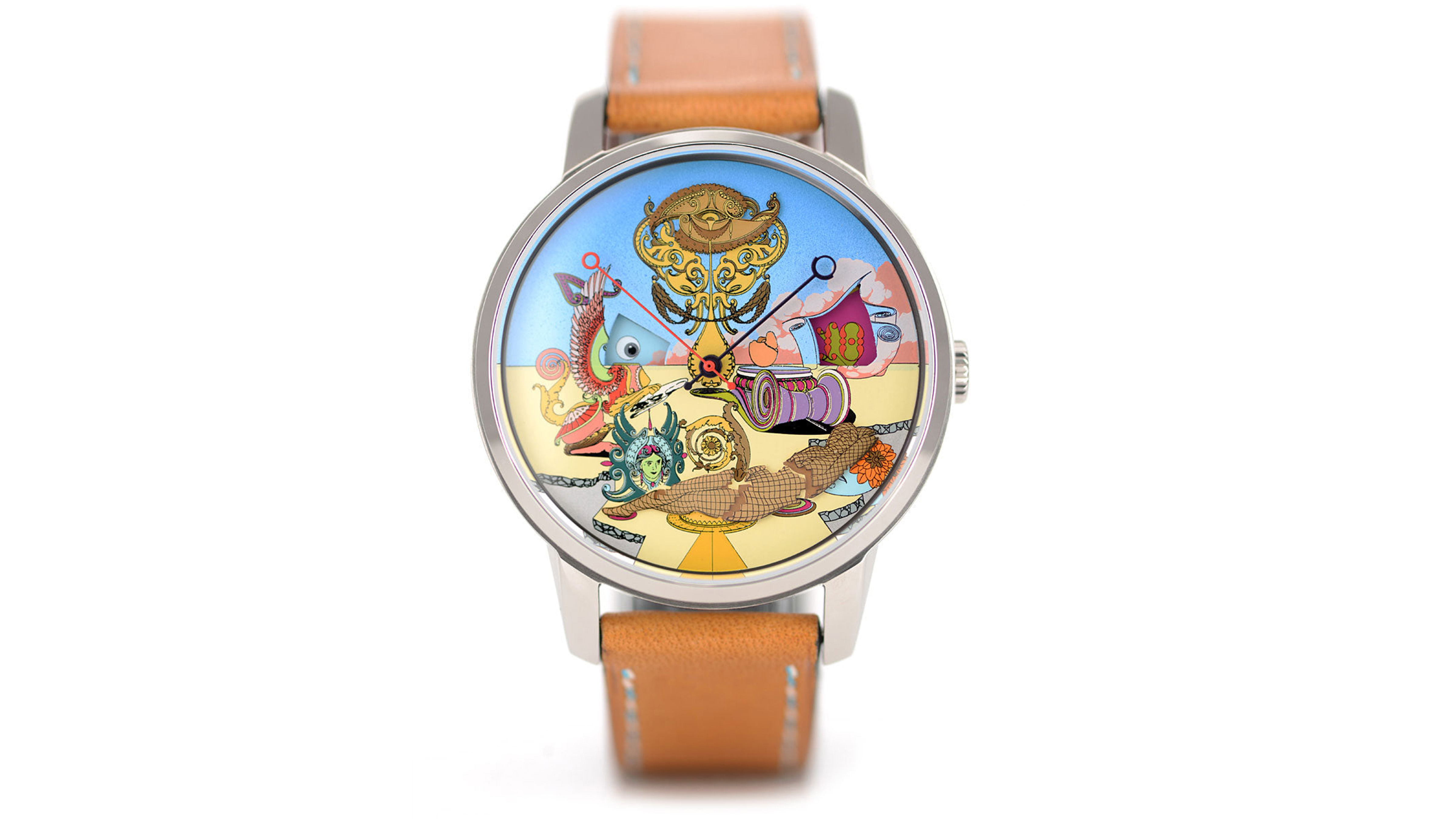
The Mr Jones flagship costs £2,500.
Crispin explains: “Sphinx has the most colours we’ve ever printed on one component. The dial I think has 17 separate operations on it. Initially, to get that blue sky gradient it’s airbrushed, then there’s all the layers of printing, plus the printing on the applied elements as well.”
This is a halo product for the company, and since an initial manufacturing run of 50 units of Indefatigable Sphinx took one employee several months – between working on other watches – to complete, an understanding of the complexity here goes a long way to justifying the price.
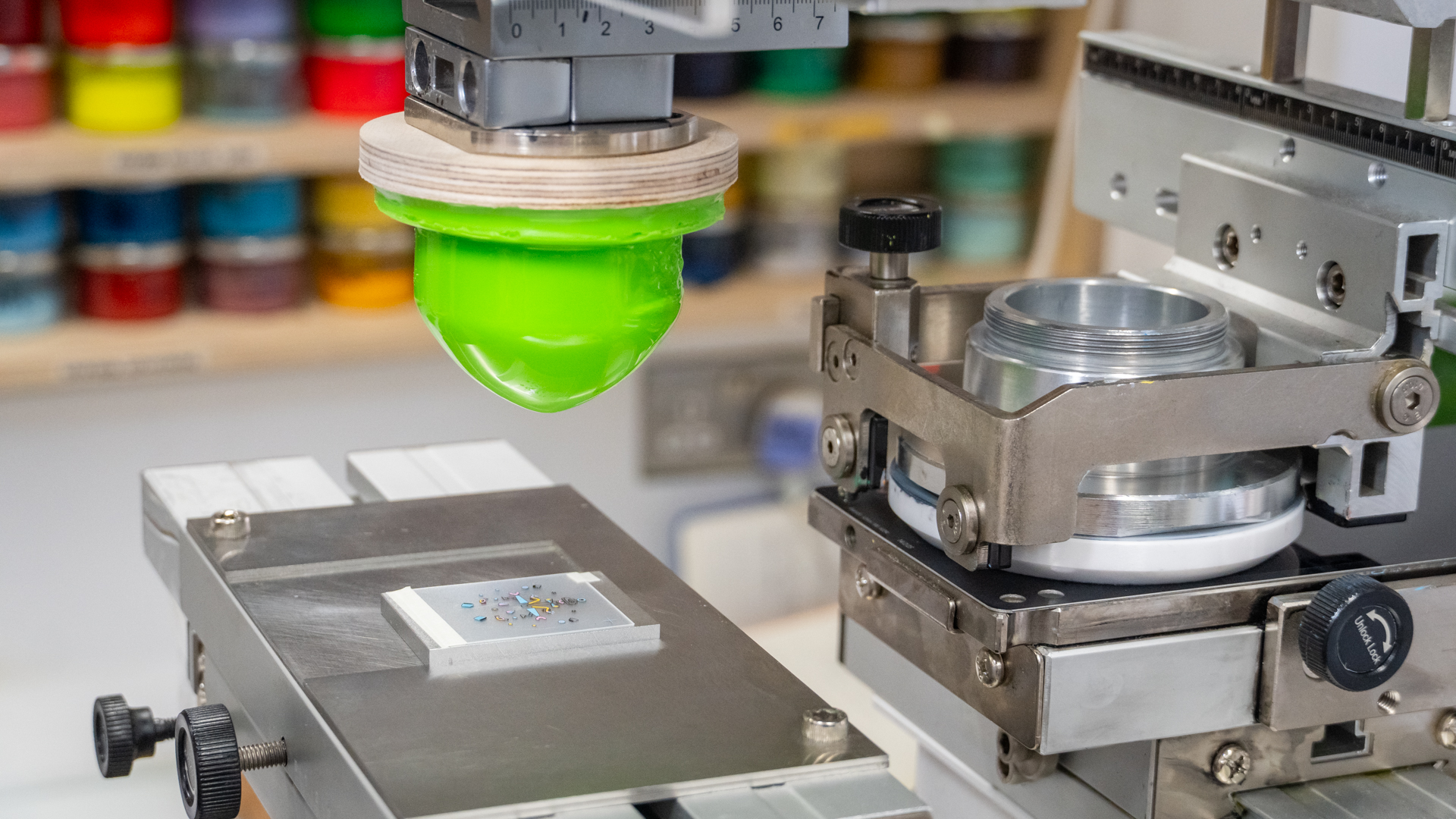
Pad printing is used to add each colourful element to the watch dial and crystal.
Returning to A Perfectly Useless Afternoon, but also encompassing the company as a whole, Crispin says: “We really stand by the idea that if 99 percent of the people hate it, but the one percent who like it, really love it and it really speaks to them, then that’s a successful design. We’re doing something that’s not trying to appeal to a really broad audience, but is instead trying to find a niche and those people who really like it.”
Soon after my visit to Mr Jones Watches, the company announced a partnership with fellow British watchmaker Christopher Ward. The result is called Celestial, a moonphase watch that uses Christopher Ward’s 37mm stainless steel case and bracelet, but fills it with a whimsical dial designed by Mr Jones Watches. Driven by an automatic movement, the time is told using two swallows flying around a dial that portrays the Moon and clouds of a night time sky.
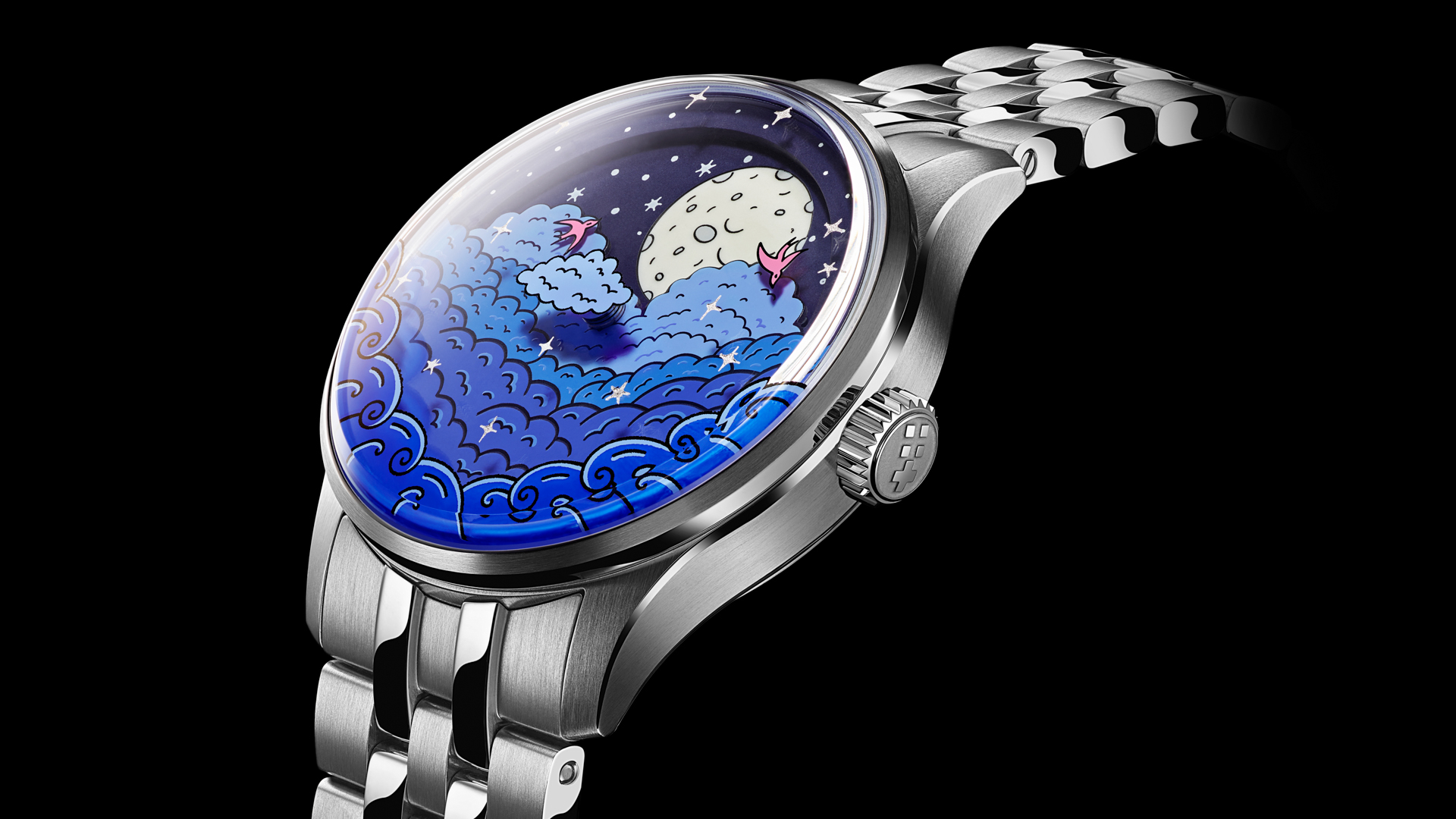
The Celestial is a collaboration between Mr Jones and Christopher Ward
In typical Mr Jones fashion, the company set all of its employees the challenge of creating a dial for the Christopher Ward collaboration. The winner, lead assembly technician Bea Watts, said: “My design celebrates the beauty of the night sky in a playful way. I was inspired by the magical feeling of sitting outside to watch the sunset, and staying there ‘till day transitions into night.
“The Moon begins to appear in the sky, swallows swoop and dive through the air, and in my design, you’re transported into the air too, hovering above a blanket of clouds. It’s a cosy, secret space from which to stargaze; my design captures a feeling of comfort and quiet, and encourages you to appreciate the fleetingness of a certain moment.”
It’s a watch that neatly ties together the fun and whimsical yet uniquely distinctive design language of Mr Jones Watches, with the high-end mechanical hardware of Christpher Ward. Brought together, they offer the perfect demonstration of how British watchmaking is at the top of its game.
Alistair is a freelance automotive and technology journalist. He has bylines on esteemed sites such as the BBC, Forbes, TechRadar, and of best of all, T3, where he covers topics ranging from classic cars and men's lifestyle, to smart home technology, phones, electric cars, autonomy, Swiss watches, and much more besides. He is an experienced journalist, writing news, features, interviews and product reviews. If that didn't make him busy enough, he is also the co-host of the AutoChat podcast.
You must confirm your public display name before commenting
Please logout and then login again, you will then be prompted to enter your display name.
-
 Under Armour's new sneaker doesn't play by the old rules
Under Armour's new sneaker doesn't play by the old rulesIf this is the future of the brand, it's off to a running start
By Matt Kollat
-
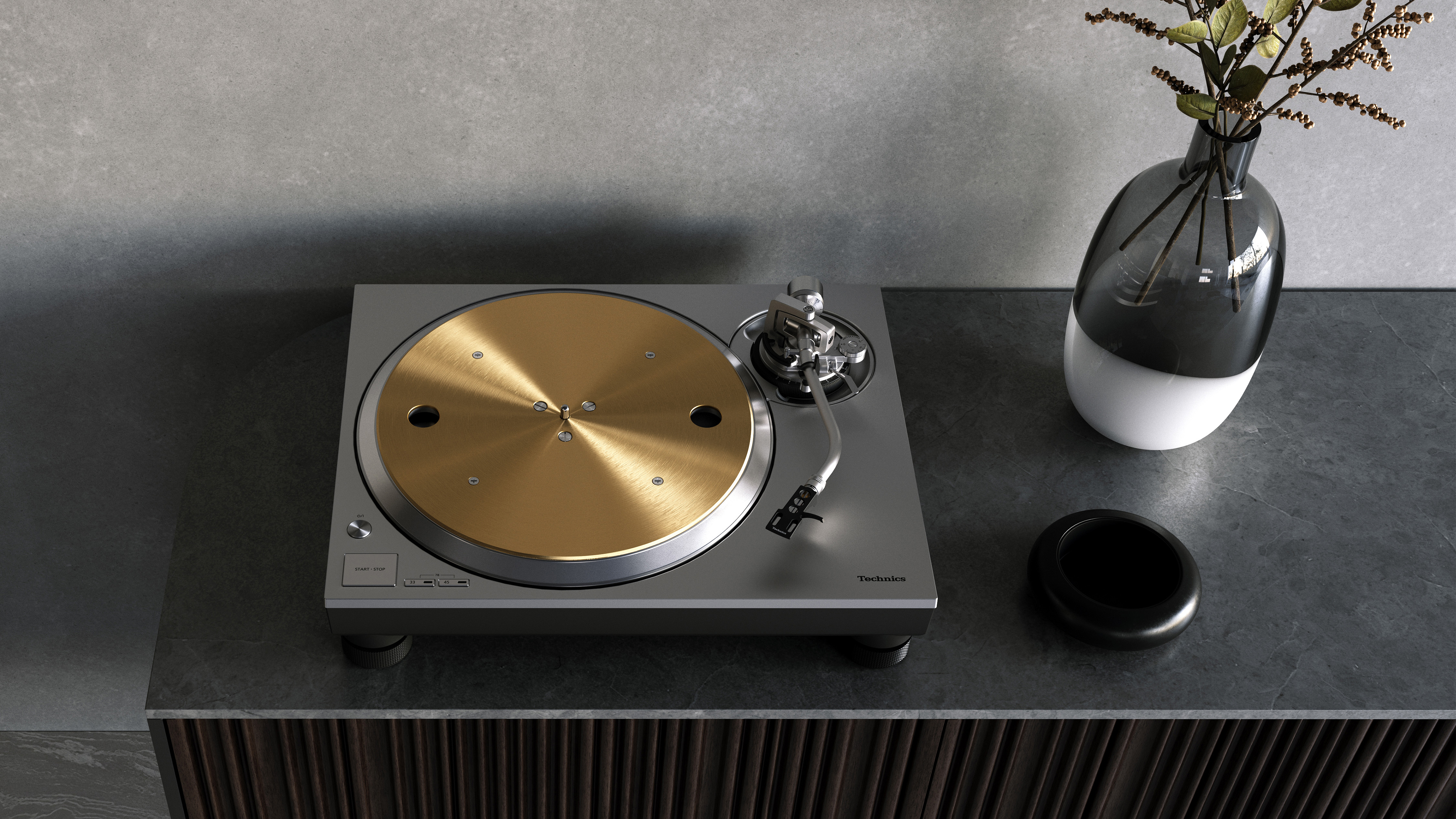 Looking for a high-end record player? These 3 luxury turntables are the best
Looking for a high-end record player? These 3 luxury turntables are the bestIt’s Luxury Month on T3 – so here are the 3 top luxe record players you can buy
By Simon Lucas
-
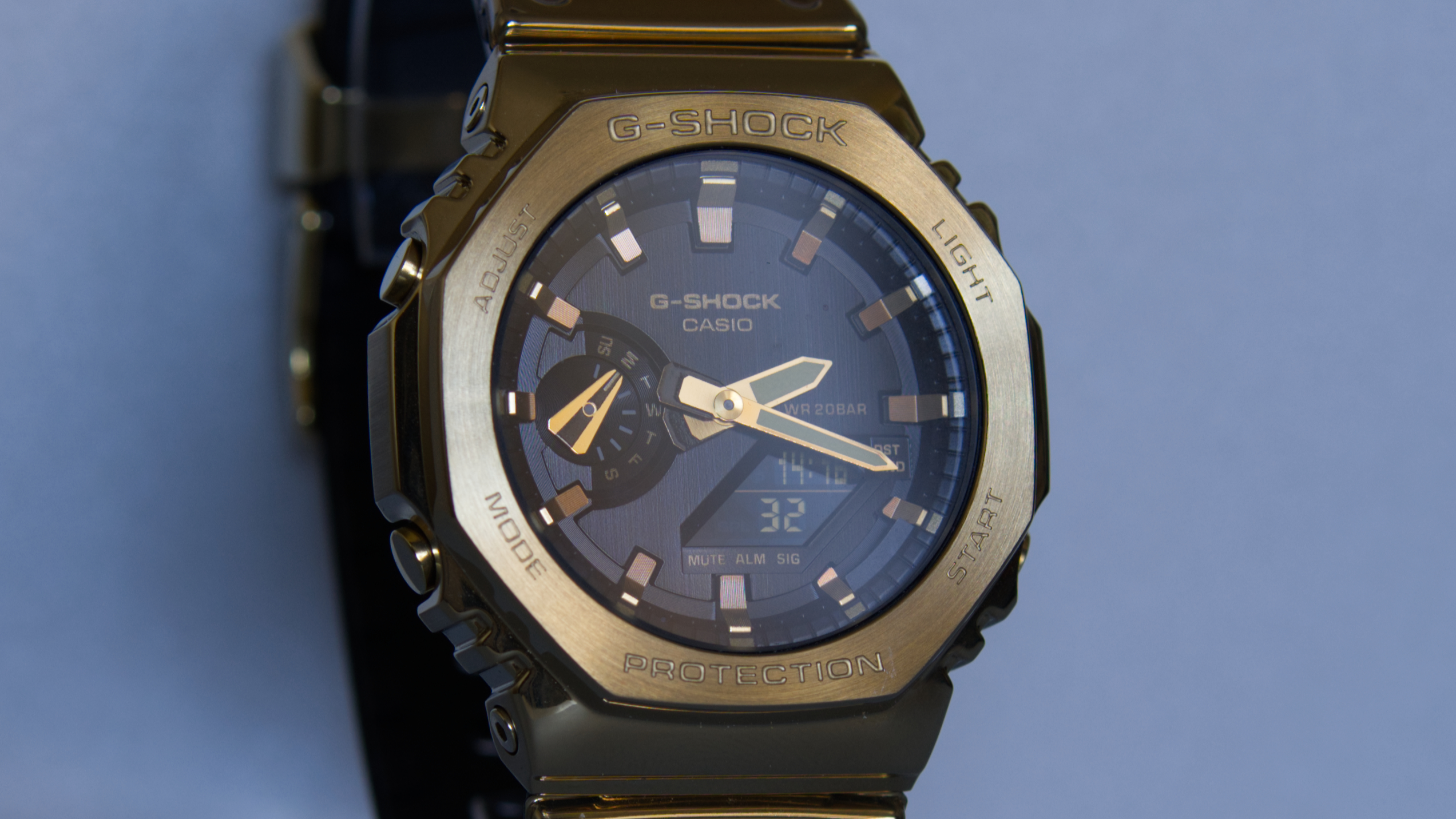 A Week on the Wrist with the Casio G-Shock 2100 Fine Metallic – classy cool which can survive it all
A Week on the Wrist with the Casio G-Shock 2100 Fine Metallic – classy cool which can survive it allThis classic G-Shock gets a taste of luxury
By Sam Cross
-
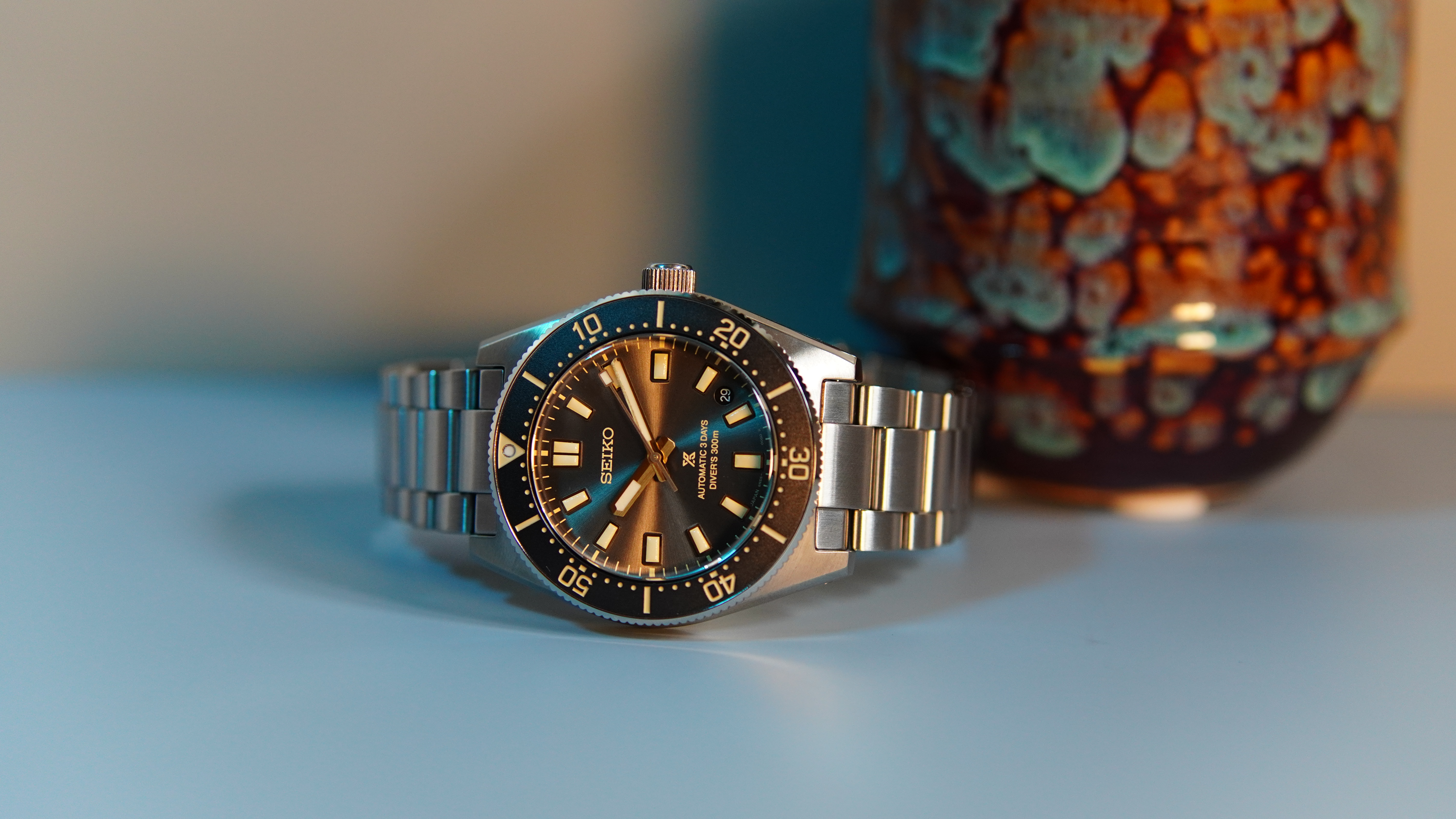 One of the best dive watches I tested last year is a bargain with hundreds slashed from the price!
One of the best dive watches I tested last year is a bargain with hundreds slashed from the price!The Seiko Prospex 1965 Diver is a steal for this price
By Sam Cross
-
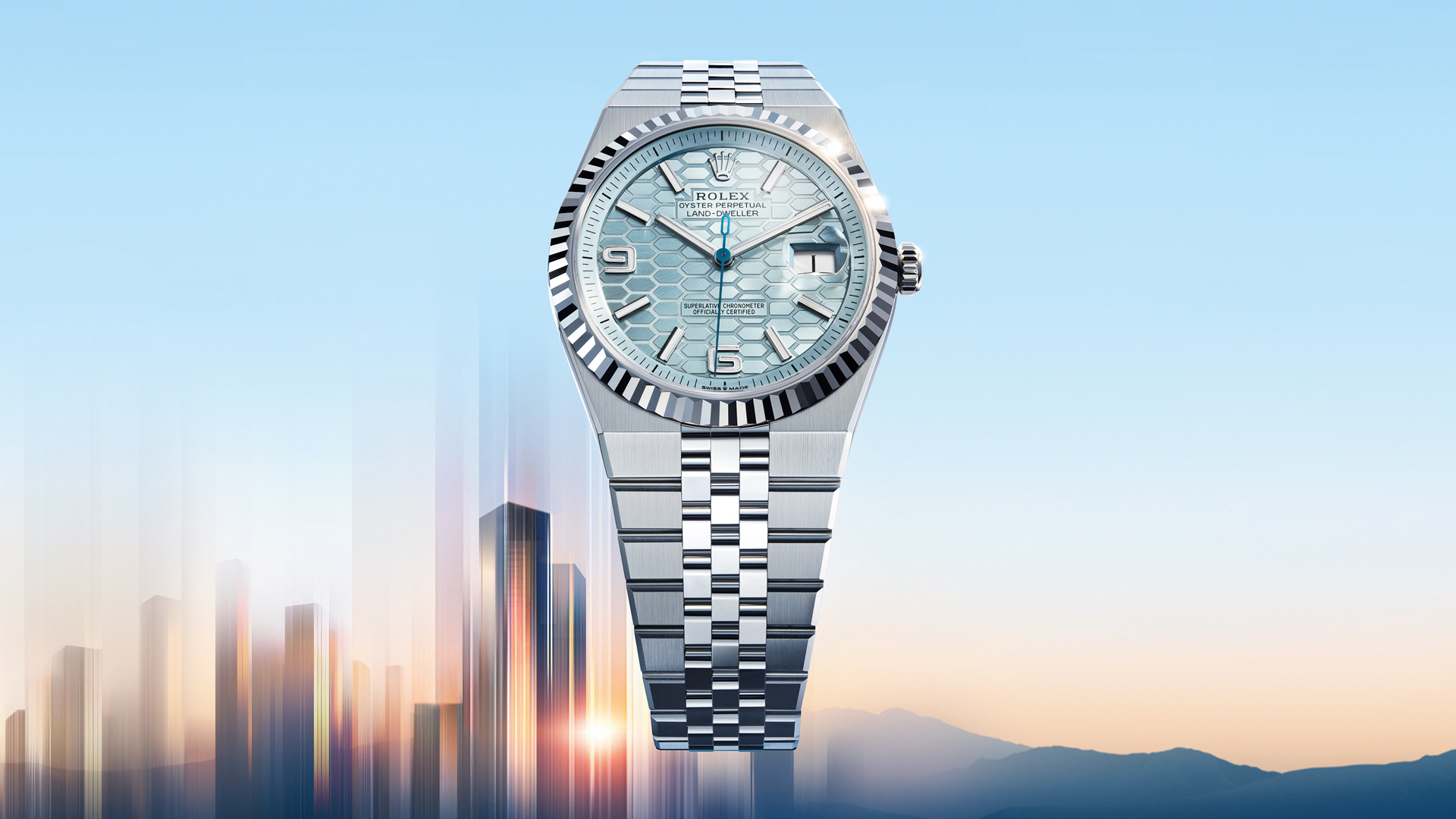 Blue watches are making a comeback, but not in the shade you might think
Blue watches are making a comeback, but not in the shade you might thinkBlue dials are my favourite watch trend of 2025 – here’s why
By Bethan Girdler-Maslen
-
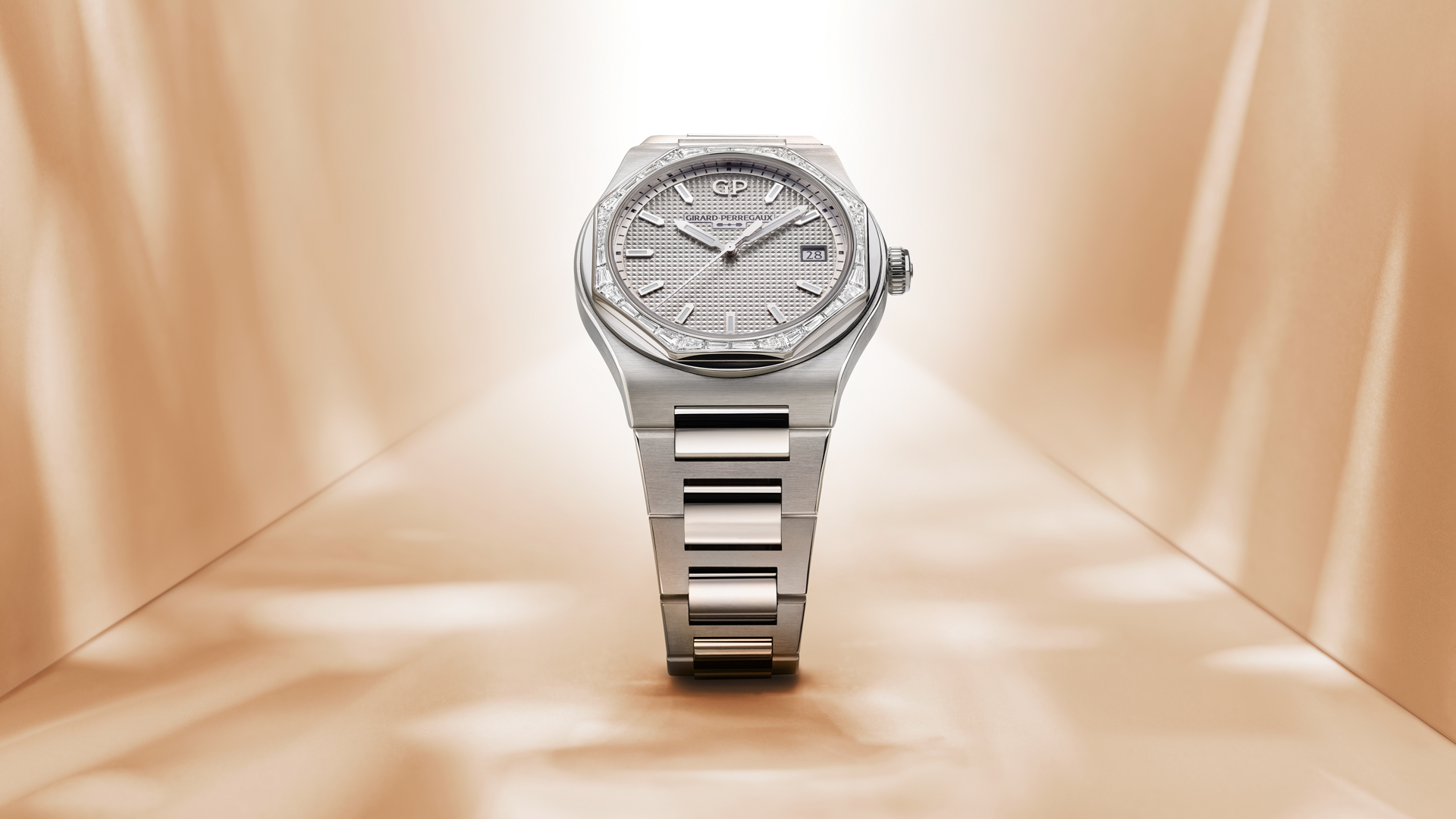 Girard-Perregaux Laureato 38 mm gets a blue diamond upgrade
Girard-Perregaux Laureato 38 mm gets a blue diamond upgradeWe’re totally besotted by these diamond-bezelled beauties from Girard-Perregaux
By Alistair Charlton
-
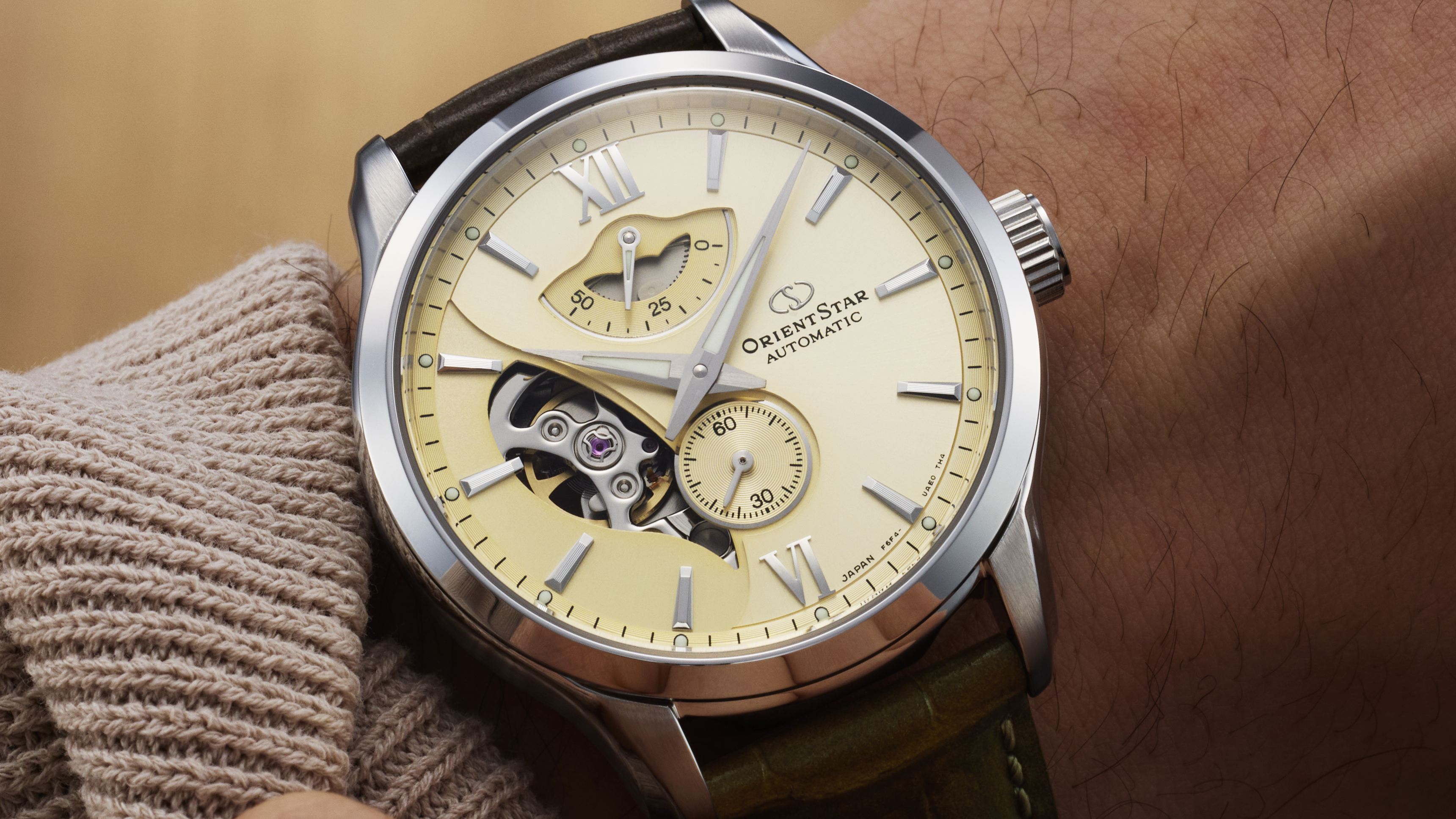 New Orient Star watches offer a glimpse of the magic within
New Orient Star watches offer a glimpse of the magic withinThere are two new skeleton pieces
By Sam Cross
-
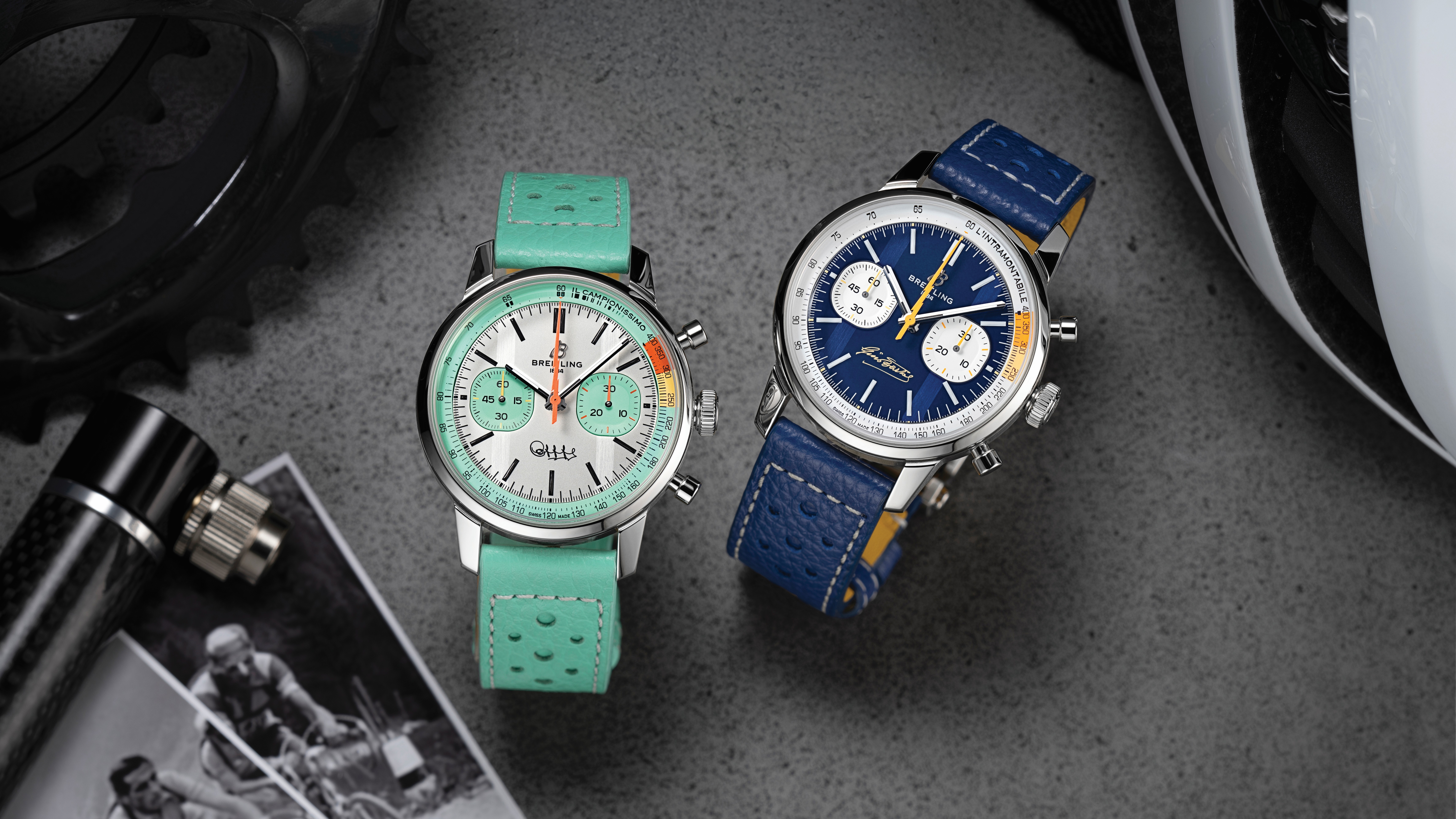 Breitling adds two new Top Time chronographs celebrates the legacy of cycling legends
Breitling adds two new Top Time chronographs celebrates the legacy of cycling legendsThese are gorgeous watches
By Sam Cross
-
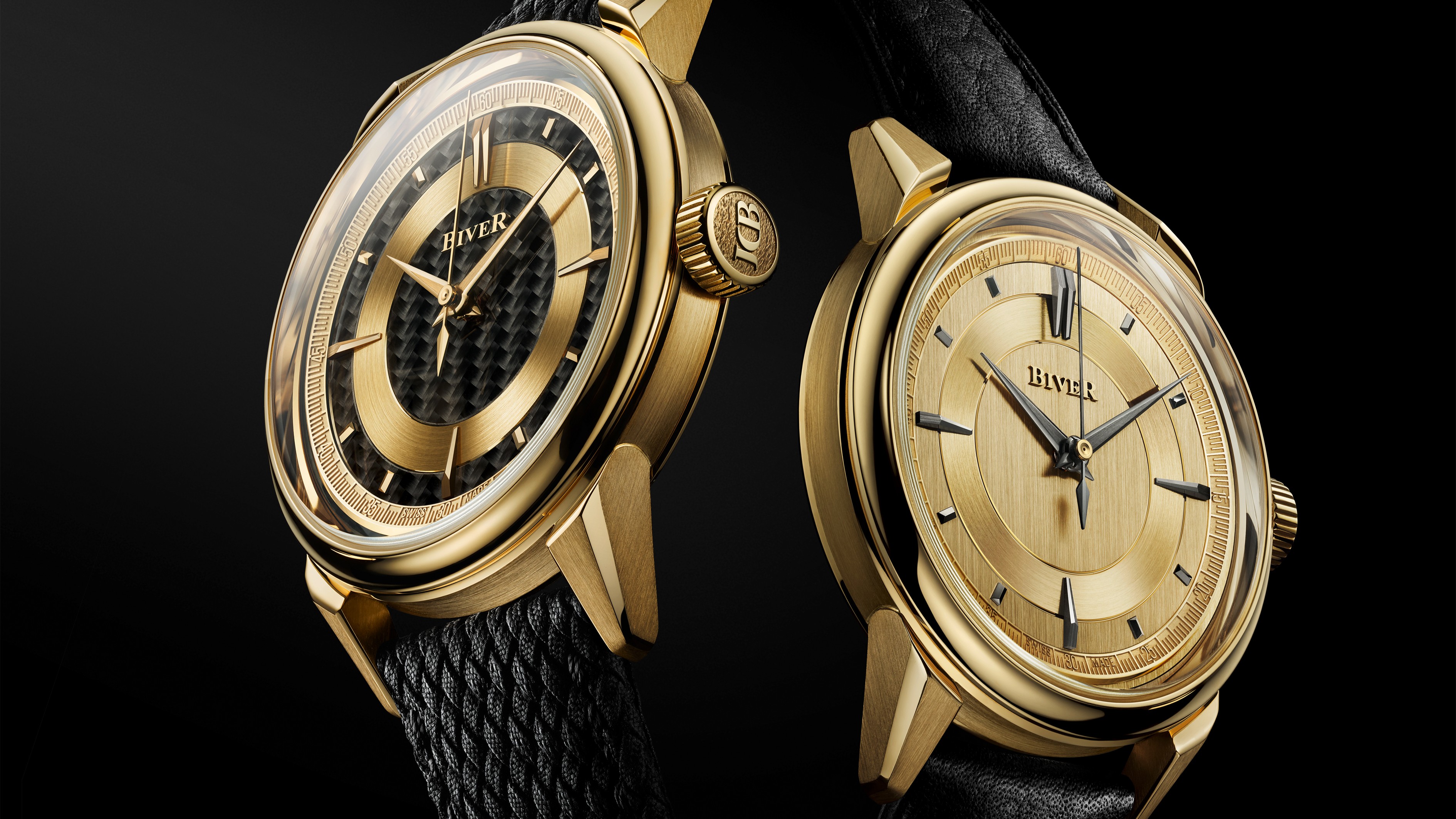 Biver adds another two Automatique models to its collection
Biver adds another two Automatique models to its collectionThese are classy additions
By Sam Cross
-
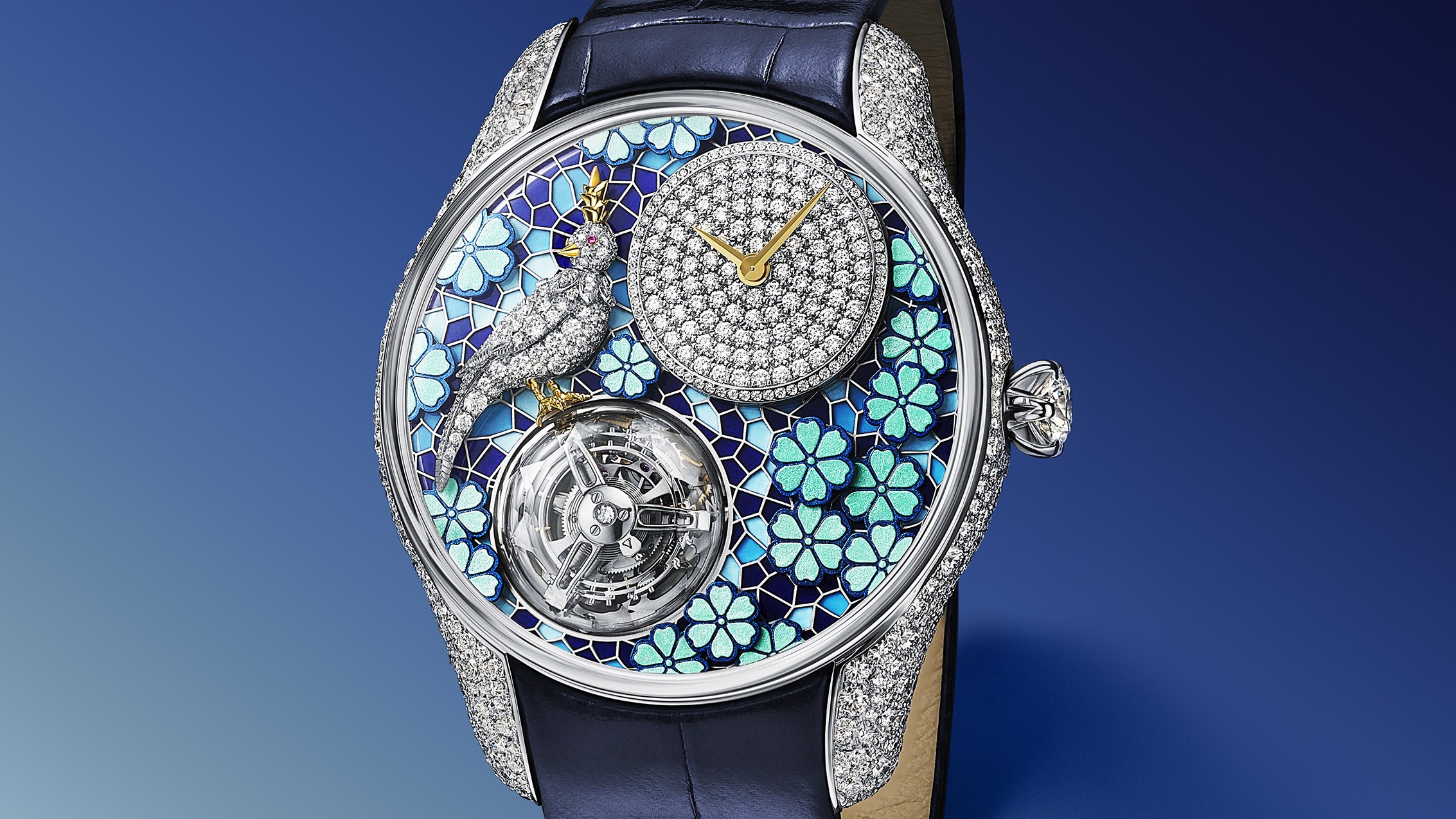 New Tiffany & Co Bird on a Flying Tourbillon watch is like nothing you've seen before
New Tiffany & Co Bird on a Flying Tourbillon watch is like nothing you've seen beforeIt's a stunning, summery watch
By Sam Cross